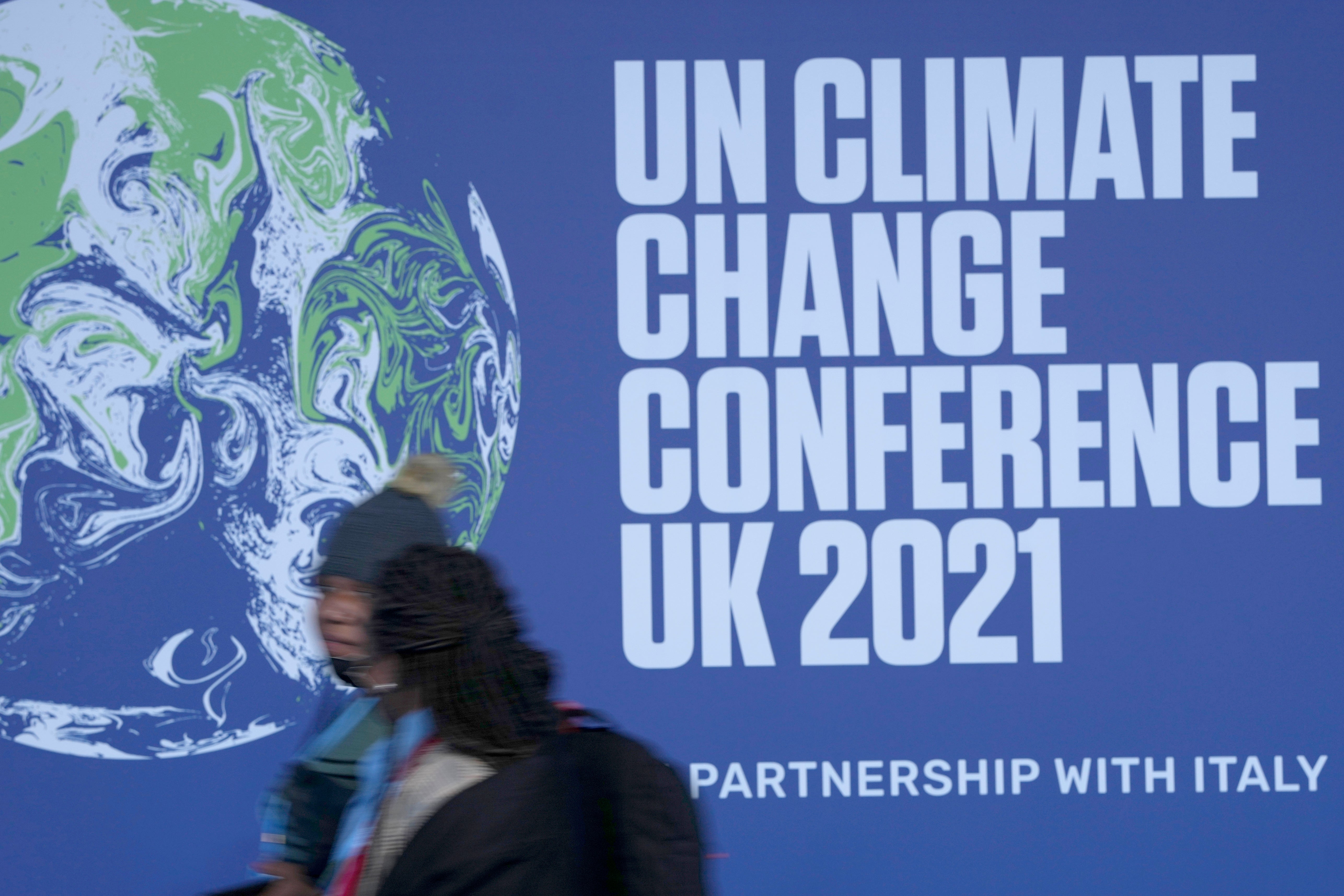COP26 must not only deliver net zero, but a nature-positive economy
James Lloyd, Nature4Climate Coalition Lead, says we must redesign our relationship with nature as one of sustainable stewardship

Reversing nature loss by 2030, while also halving greenhouse gas emissions this decade, is critical to avoid climate catastrophe. Nature can contribute up to a third of the climate action needed over the next decade, along with measurable benefits for biodiversity and people.
COP26 is the biggest moment for forests and nature since the Paris Agreement in 2015. Glasgow is producing the largest ever financial incentives for protecting forests, with unprecedented commitments from donor nations, investors and companies.
Yesterday, more than 30 leading financial institutions, collectively with over US$ 8.7 trillion in assets under management, committed to tackle agricultural commodity-driven deforestation as part of broader efforts to drive the global shift towards sustainable production and nature-based solutions.
On top of that, more than 100 government leaders representing over 85% of the world’s forests committed to halt and reverse deforestation and land degradation by 2030, a pledge that was backed by $12 billions of public fund and more than $7 billion of private commitments, including exciting initiatives like the LEAF Coalition, the Natural Capital Investment Alliance and the Finance for the Amazon, Cerrado and Chaco (IFACC) initiative.
This means that governments, NGOs and financial institutions are hearing what the scientists and local communities have been saying all along: there is no path forward that does not include nature. This swell of momentum is represented by the “Nature Positive” agenda at COP26, which is a product of the radical collaboration between over 20 organisations around the world to protect, restore and sustainably manage natural landscapes.
The comprehensive programme will include more than 70 events at a dedicated Nature Zone, covering topics from climate finance, technology and science to the meaningful engagement of Indigenous Peoples, women and youth in climate action and decision making. Taken together, this will a give a flavour of the progress, innovation and action that in our collective movement for liveable future for nature and people.
Now is the time to reflect how this momentum for forests and nature is translated into actions that we call "nature-based solutions.” These are specific solutions that seek to protect, restore and better manage natural ecosystems to deliver benefits for climate, but also for people and biodiversity.
Some fear that the deployment of nature-based solutions at large, global scales poses risks to people and biodiversity. There are certainly valid concerns, but many are based on the belief that we are stuck in place. In reality, we are on a path forward, bolstered by years’ worth of science, learning and experience. Over the last few weeks, we have engaged in a collaborative effort to identify over 80 case studies highlighting action on the ground. In fact, there are vast array of efforts underway around the world that are already delivering meaningful results, and that are contributing to our learning and the development of best practices.
There have also been significant strides in our understanding of the global policy landscape, which is key for enabling smart investments for natural climate solutions. New approaches to climate policy assessment, including artificial intelligence and machine learning, expand the possibilities of navigating through policies from global, to regional, to national and local levels.
Data from Nature4Climate’s Nature-based Solutions Policy Tracker, for example, show that while countries have been improving their policies in terms of defining clear allocation of funds and involving Indigenous Peoples in their planning, there is still a clear need to further recognise and act on the potential of the nature-based solutions available today, especially for food production and land use.
Scientists, policy-makers, investors, and communities agree: investment in nature must be in addition to, not instead of rapid decarbonization. Support for nature-based solutions is not an excuse to delay the hard and urgent task of cutting industrial emissions. But the road ahead this decade is not one of either/or decisions. All solutions and strategies must be on the table and rapidly deployed if we are to succeed.
The real risk is the risk of inaction. The world can’t afford business as usual. 23% of global greenhouse gases comes from agriculture, forests and other land-use changes. Emissions from tropical deforestation and degradation alone make up over 10 percent of net human-caused greenhouse gas emissions. If tropical deforestation were a country, it would rank third in emissions after China and the United States.
On the other hand, nature-based solutions provide an opportunity is to redesign our relationship with nature as one of sustainable stewardship. It is an opportunity to deliver much needed climate mitigation, and also improved land tenure rights for Indigenous peoples and local communities, cleaner water and air, more resilient cities, more fertile soils, and richer, more biodiverse habitat for all species. Hopefully, this COP will show us the way to not just net zero, but also a nature positive world.
James Lloyd is Coalition Lead at Nature4Climate
Join our commenting forum
Join thought-provoking conversations, follow other Independent readers and see their replies
Comments
Bookmark popover
Removed from bookmarks